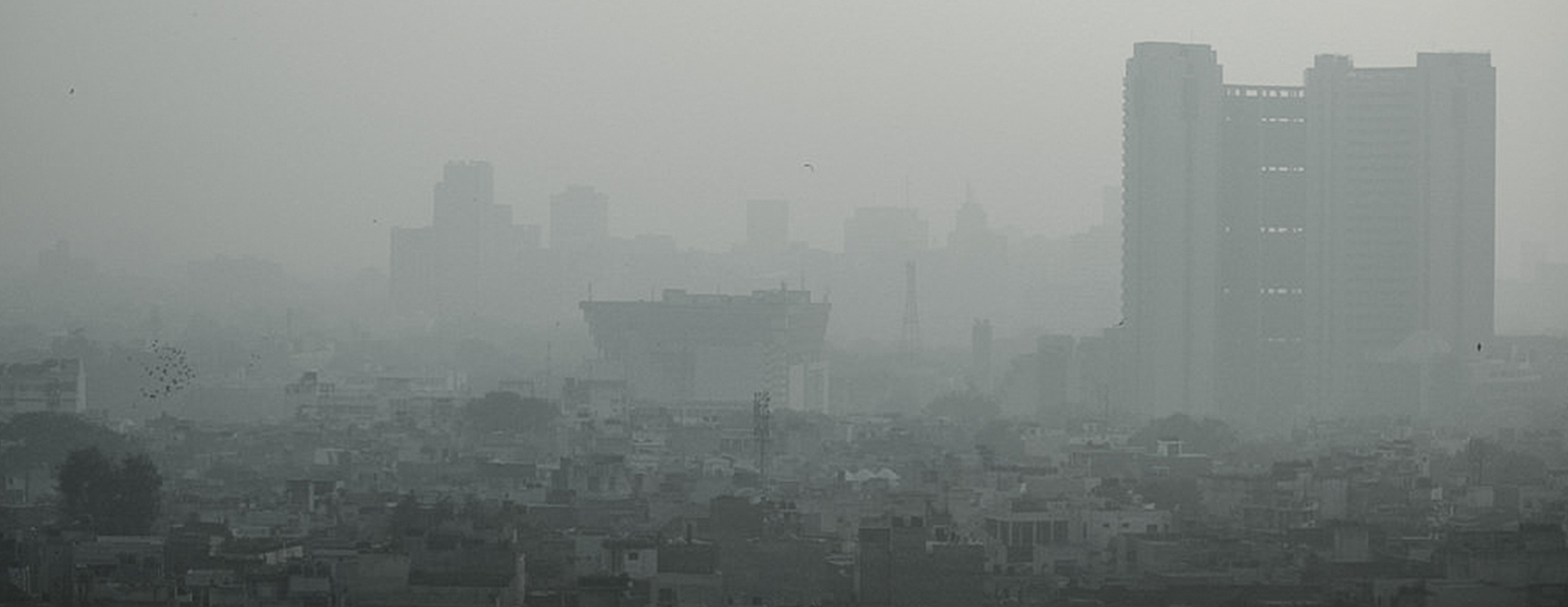Environmental Governance and Policy
| The Lancet Planetary Health |5 December 2018
The impact of air pollution on deaths, disease burden, and life expectancy across the states of India: the Global Burden of Disease Study 2017

Summary
Background
Air pollution is a major planetary health risk, with India estimated to have some of the worst levels globally. To inform action at subnational levels in India, we estimated the exposure to air pollution and its impact on deaths, disease burden, and life expectancy in every state of India in 2017.
Methods
We estimated exposure to air pollution, including ambient particulate matter pollution, defined as the annual average gridded concentration of PM2.5, and household air pollution, defined as percentage of households using solid cooking fuels and the corresponding exposure to PM2.5, across the states of India using accessible data from multiple sources as part of the Global Burden of Diseases, Injuries, and Risk Factors Study (GBD) 2017. The states were categorised into three Socio-demographic Index (SDI) levels as calculated by GBD 2017 on the basis of lag-distributed per-capita income, mean education in people aged 15 years or older, and total fertility rate in people younger than 25 years. We estimated deaths and disability-adjusted life-years (DALYs) attributable to air pollution exposure, on the basis of exposure–response relationships from the published literature, as assessed in GBD 2017; the proportion of total global air pollution DALYs in India; and what the life expectancy would have been in each state of India if air pollution levels had been less than the minimum level causing health loss.
Findings
The annual population-weighted mean exposure to ambient particulate matter PM2·5 in India was 89·9 μg/m3 (95% uncertainty interval [UI] 67·0–112·0) in 2017. Most states, and 76·8% of the population of India, were exposed to annual population-weighted mean PM2·5 greater than 40 μg/m3, which is the limit recommended by the National Ambient Air Quality Standards in India. Delhi had the highest annual population-weighted mean PM2·5 in 2017, followed by Uttar Pradesh, Bihar, and Haryana in north India, all with mean values greater than 125 μg/m3. The proportion of population using solid fuels in India was 55·5% (54·8–56·2) in 2017, which exceeded 75% in the low SDI states of Bihar, Jharkhand, and Odisha. 1·24 million (1·09–1·39) deaths in India in 2017, which were 12·5% of the total deaths, were attributable to air pollution, including 0·67 million (0·55–0·79) from ambient particulate matter pollution and 0·48 million (0·39–0·58) from household air pollution. Of these deaths attributable to air pollution, 51·4% were in people younger than 70 years. India contributed 18·1% of the global population but had 26·2% of the global air pollution DALYs in 2017. The ambient particulate matter pollution DALY rate was highest in the north Indian states of Uttar Pradesh, Haryana, Delhi, Punjab, and Rajasthan, spread across the three SDI state groups, and the household air pollution DALY rate was highest in the low SDI states of Chhattisgarh, Rajasthan, Madhya Pradesh, and Assam in north and northeast India. We estimated that if the air pollution level in India were less than the minimum causing health loss, the average life expectancy in 2017 would have been higher by 1·7 years (1·6–1·9), with this increase exceeding 2 years in the north Indian states of Rajasthan, Uttar Pradesh, and Haryana.
Interpretation
India has disproportionately high mortality and disease burden due to air pollution. This burden is generally highest in the low SDI states of north India. Reducing the substantial avoidable deaths and disease burden from this major environmental risk is dependent on rapid deployment of effective multisectoral policies throughout India that are commensurate with the magnitude of air pollution in each state.

